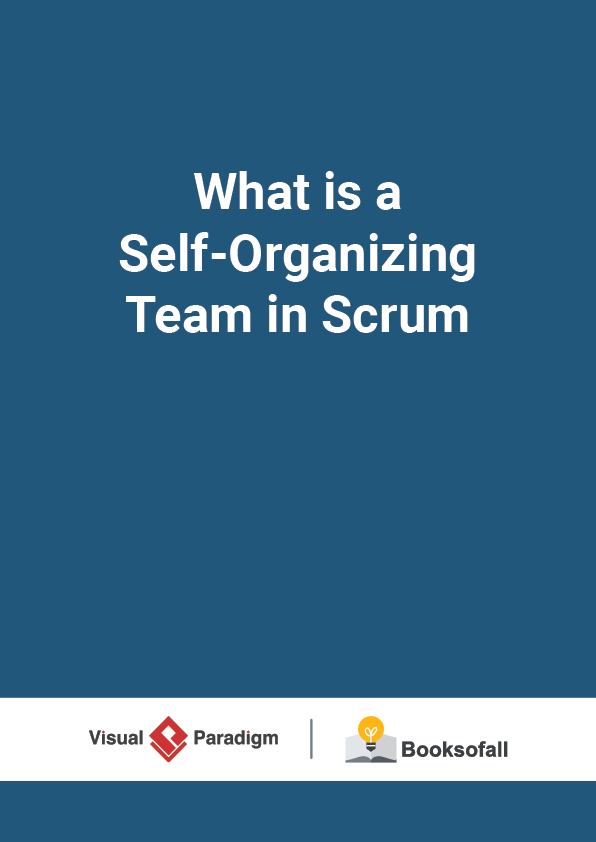What is a Self-Organizing Team in Scrum?
5-7 minutes
A self-organizing team is a team that has the autonomy to choose how best to accomplish their work, rather than being directed by others outside the team. Unlike traditional management principles, the self-organizing empowered teams are not directed and controlled from the top; rather they evolve from team members participating actively &collectively in all the Scrum practices and events.
Traditional team vs Agile team
Challenges and Benefits of Self-Organization
The preferred leadership style in Scrum is “servant leadership”, which emphasizes achieving results by focusing on the needs of the Scrum Team. Thus, a self-organizing team has the autonomy to make some decisions and they also take ownership of their work, and consequently, the team is likely to become more self-motivated and seek to accept greater responsibility. And as a result, they deliver much greater value when self-organized. Some of the benefits of Self-organization are:
- Team buy-in and shared ownership
- Motivation, which leads to an enhanced performance level of the team
- Innovative and creative environment conducive to growth
As mentioned above, a self-organizing teams choose how best to accomplish their work, rather than being directed by managers outside the team. Members of the team have the best skills, abilities and knowledge for the job, which make them the right people to select the most efficient path to achieve the sprint goal . Self-organizing teams are important and beneficial for any Scrum team, but sometimes to build such a team could be a great challenge. Here are a few good reasons:
Challenges
Adopting agile mindset and practices across the whole organization is a big challenge. It is easier said than done. This challenge is not only for the teams themselves, but even for the management who finds it difficult to reconcile the need for predictable outcomes with the demand for greater freedom and autonomy.
Benefits
Benefits of self-organization mainly arise from enhanced sharing and learning. This learning can happen from peers & seniors during frequent interactions encouraged by Scrum . Learning also takes place by observing and exposure to cross-functional teams with diverse skills and backgrounds. The frequent interactions also lead to close team bonding and identification with project commitments. Thus the most essential requirement of Scrum teams is to have active participation by all team members in all Scrum events .
Building a Self-Organizing team in 3 Steps
To building a self-organizing team, the organization should ensure that it provides the necessary infrastructure, training, and incentive system to keep employees motivated at work. Creating a self-organizing team can be considered a three-step process.











